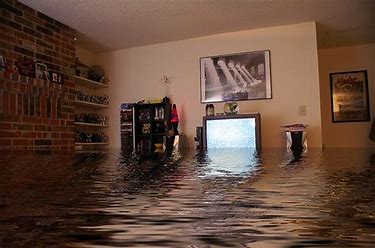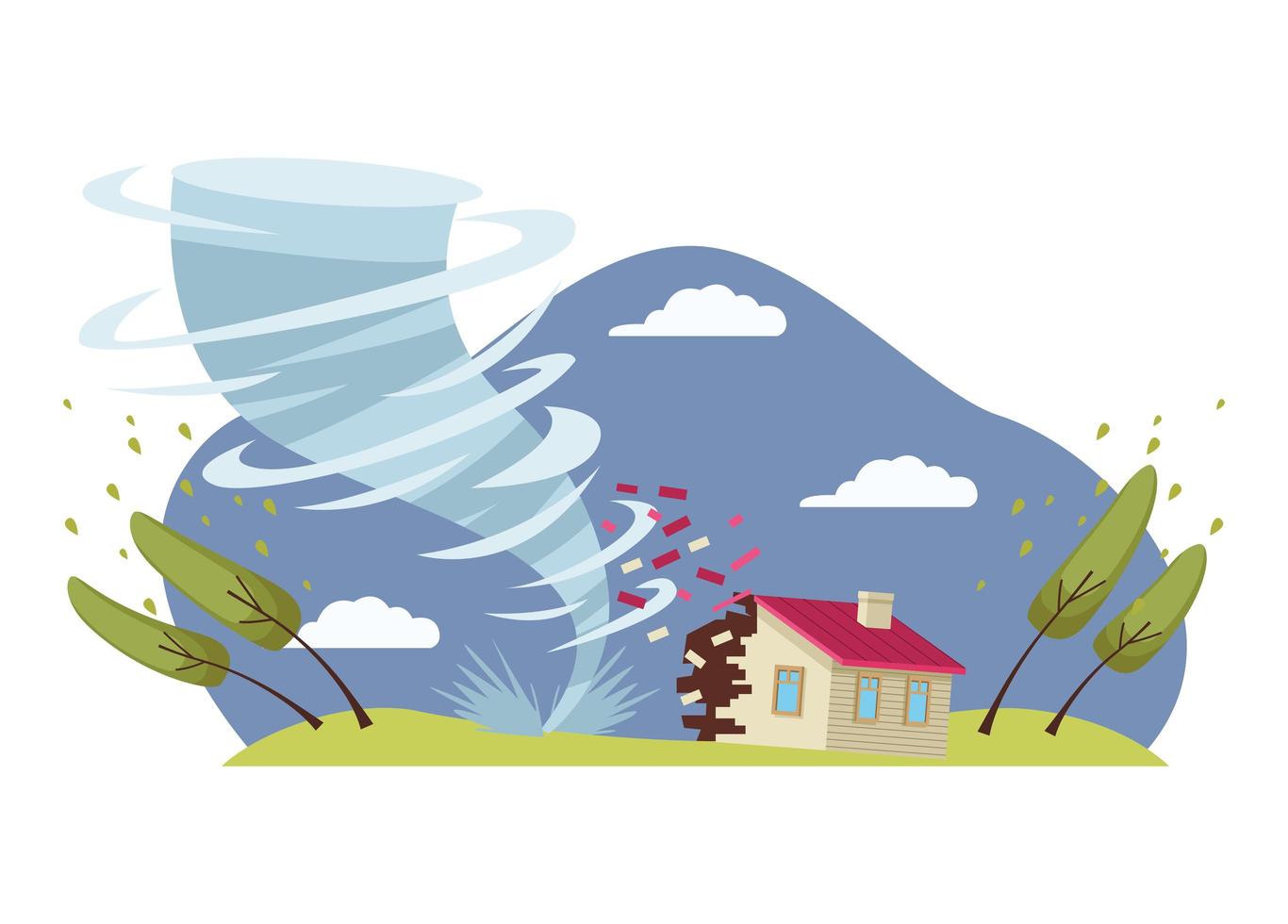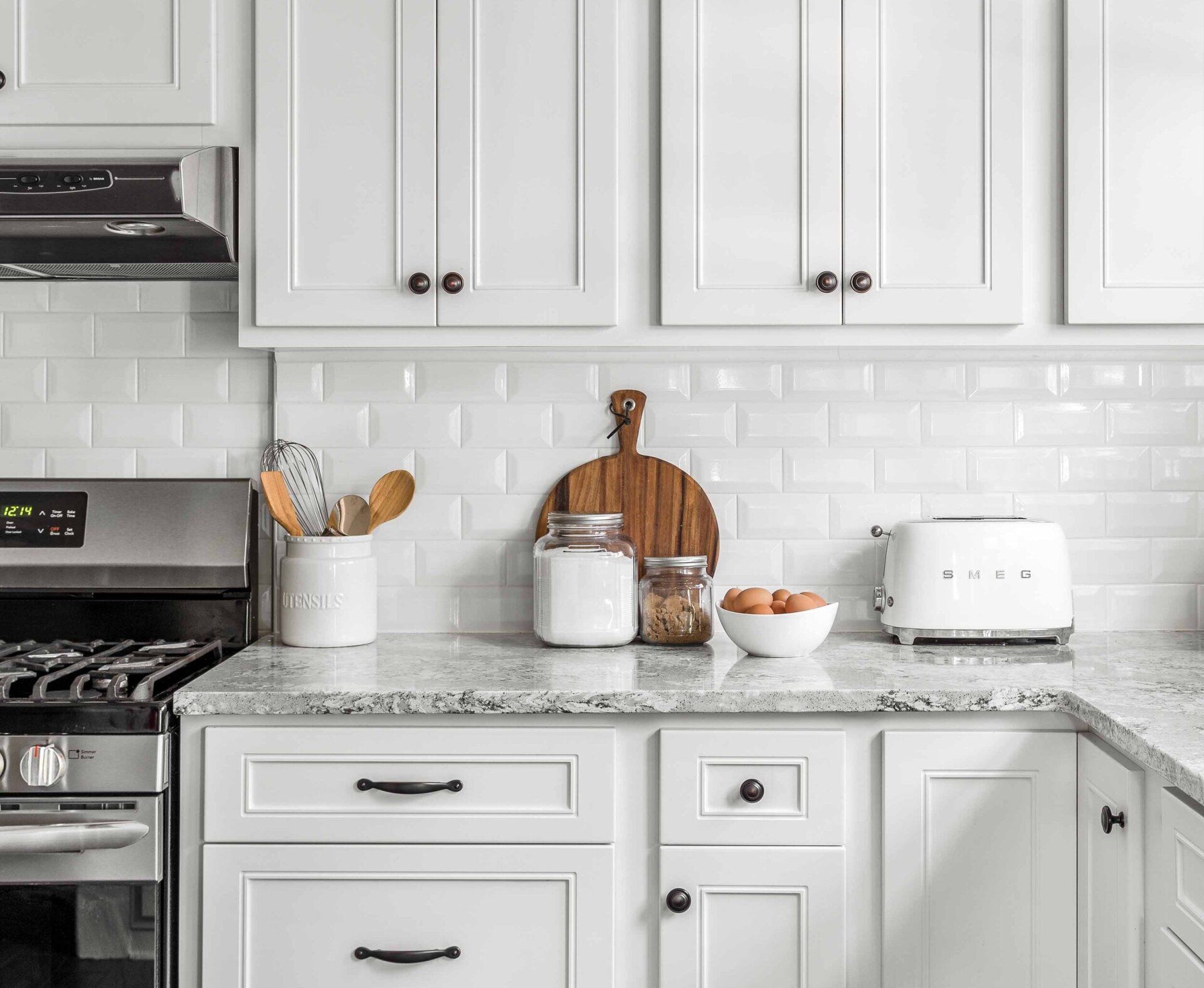What is the Process of Water Damage Restoration?
What is the Process of Water Damage Restoration?
Water damage can occur in various settings, from natural disasters like floods and hurricanes to domestic mishaps like burst pipes, sewer backups, or washing machine overflows. When water invades your space, it can create immediate structural issues, as well as long-term concerns like mold growth and material degradation. Hence, it is crucial to deal with water damage urgently and efficiently. This is where water damage restoration comes into play. But what exactly does this process entail? Let's dive into the steps involved in water damage restoration.
Initial Assessment and Inspection
Step 1: Emergency Contact
The first step in the water damage restoration process usually begins with a phone call to a professional restoration service. Many services operate 24/7, understanding the urgency that water damage often demands.
Step 2: Inspection and Damage Assessment
Upon arrival, the technicians will conduct a thorough inspection to assess the level of water damage. Using various tools and techniques, they'll identify the source of water, the type of water involved, and the areas affected.
Step 3: Water Removal
Once the situation is assessed, water removal begins immediately using powerful pumps and vacuums. The goal is to remove as much standing water as possible to mitigate further damage.
Water Extraction and Drying
Step 4: Dehumidification and Drying
After the bulk of the water has been removed, the focus shifts to drying and dehumidification. This process involves specialized equipment like industrial air movers and dehumidifiers to remove the remaining moisture from the property and its contents.
Step 5: Monitoring
It's essential to monitor the drying process to ensure that the affected areas are adequately dried. The restoration team will check moisture levels, make adjustments to the equipment as necessary, and document the drying process.
Cleaning and Sanitization
Step 6: Cleaning Affected Areas
Water damage often leaves behind dirt, bacteria, and mold. Cleaning and sanitizing the affected areas are crucial steps in the restoration process. Techniques may vary depending on the type of water involved. For instance, “black water” from sewers requires different treatments than “clean water” from a pipe.
Step 7: Odor Removal
Odor elimination is often necessary, especially if the water damage involves sewage or has led to mold growth. Technicians use air scrubbers, fogging equipment, and antimicrobial treatments to address this.
Restoration and Reconstruction
Step 8: Repair and Restore
The final phase involves repairing and restoring the property to its pre-damage condition. This could mean replacing sections of drywall, installing new carpet, or even major reconstruction like rebuilding entire rooms.
Step 9: Final Walk-Through
The restoration company should offer a final walk-through to ensure you are satisfied with the work completed. At this stage, they will also help you understand any necessary steps for preventing future water damage, such as improving drainage or sealing leaks.
Conclusion
Water damage is a serious issue that requires a professional and organized approach for effective remediation. Understanding the steps involved in water damage restoration can help you act swiftly when faced with such a situation, thereby minimizing damage and restoring your property to its original condition. With expert help and state-of-the-art equipment, the process of water damage restoration can effectively bring your space back to life.
By being informed about the water damage restoration process, you can make better decisions and take appropriate steps to safeguard your property, health, and well-being.









